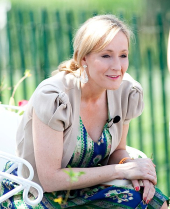
Traditional TV viewing in the UK has experienced its sharpest ever decline over the past year, according to Ofcom's annual report on viewing and listening habits. The report, called Media
Nations 2023, revealed that the proportion of people tuning in each week dropped from 83% in 2021 to 79% in 2022. Older audiences are also switching off at the fastest rate. BBC One remains the TV channel with the highest weekly reach at 58%.
The report highlights the increasing trend of people choosing online devices like laptops, tablets, and smartphones over traditional television. BBC One's weekly reach has declined by 12% since 2017 as more people prefer streaming shows online. The average time spent watching TV daily has also decreased by 12% from two hours 59 minutes in 2021 to two hours 38 minutes in 2022.
Notably, there has been a "significant decline" in the average daily broadcast TV viewing among older audiences (aged 65 years or more). This suggests that older viewers are adopting streaming services alongside broadcast TV. Video-on-demand services offered by traditional broadcasters, like ITVX and BBC iPlayer, continue to grow.
On the other end of the age spectrum, children and young adults' average daily broadcast viewing has fallen by 73% since 2012. Teens and young adults are spending more time on social media platforms like TikTok, consuming "snackable" short-form content.
The report highlights that the UK's media diet is now more diverse and fragmented than ever before, and audiences have a wide array of broadcasting and online content to choose from. While traditional broadcasters are witnessing steep declines in live viewing, public service broadcasters like the BBC, ITV, and Channel 4 are still dominant in covering significant cultural and sporting moments. However, the number of TV programs attracting four million viewers or more has halved since 2014. Photo by Panhard, Wikimedia commons.








































